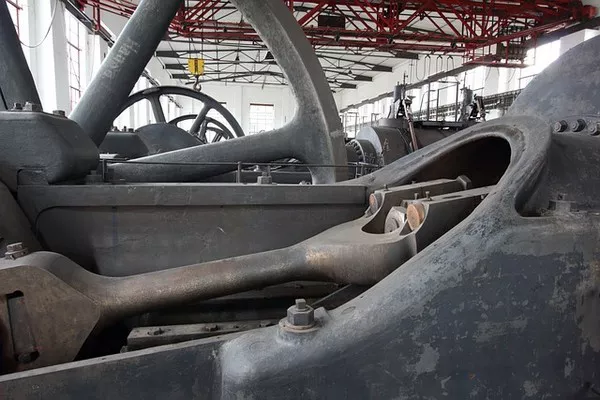In the world of audio production, achieving the perfect balance between loud and soft sounds is crucial for delivering a polished and professional result. This is where audio compressors come into play. In this article, we’ll unravel the science behind audio compressors, exploring their role in sound control, dynamic range manipulation, and their significance in enhancing the quality of audio recordings and productions.
1. Taming the Dynamics:
Audio compressors are tools designed to manage the dynamic range of sound recordings. The dynamic range encompasses the difference between the quietest and loudest parts of an audio signal.
Dynamic Range Compression: Compressors reduce the dynamic range by attenuating the louder parts of the audio signal while leaving the quieter sections relatively unaffected.
Preserving Intelligibility: By reducing the disparity between loud and soft parts, compressors ensure that softer elements remain audible without the fear of louder elements overwhelming the mix.
2. How Audio Compressors Work:
Audio compressors operate based on specific parameters that control their behavior:
Threshold: The threshold is the level at which the compressor starts working. When the audio signal surpasses this threshold, compression is applied.
Compression Ratio: The compression ratio determines how much the signal above the threshold is reduced. For example, a 4:1 compression ratio means that for every 4 dB above the threshold, only 1 dB is allowed through.
Attack Time: The attack time dictates how quickly the compressor responds once the audio signal crosses the threshold. A faster attack time attenuates the signal more rapidly.
Release Time: The release time determines how long it takes for the compressor to stop attenuating the signal after it falls below the threshold.
3. Applications in Audio Production:
Audio compressors find extensive use in various aspects of audio production:
Vocal Processing: Compressors are often used to control dynamic fluctuations in vocals, ensuring that quiet whispers are audible while preventing loud shouts from distorting.
Instrument Leveling: Instruments with varying dynamics, such as guitars and pianos, can benefit from compression to even out their volume levels.
Mix Glue: Compressors can act as a glue, unifying the elements of a mix by controlling peaks and maintaining a consistent sonic character.
Drum Shaping: In drum recordings, compressors can be applied to individual drum tracks or the entire drum mix to shape the attack and sustain of the sounds.
4. Different Types of Compression:
Audio compressors come in various types, each with its unique characteristics:
VCA (Voltage-Controlled Amplifier) Compressors: These are versatile and offer precise control, making them popular in studio settings.
Optical Compressors: Known for their smooth and musical sound, optical compressors are often used for vocals and instruments.
FET (Field-Effect Transistor) Compressors: FET compressors are loved for their aggressive sound and fast attack times, making them suitable for drums and guitars.
Tube Compressors: Tube compressors impart warmth and color to audio signals, making them popular in vintage-style recordings.
5. Achieving the Desired Sound:
Effective use of audio compressors requires a keen ear and understanding of the material being processed:
Subtle vs. Aggressive: Compressors can be applied subtly to maintain the natural dynamics or aggressively for creative effects.
Parallel Compression: Parallel or “New York” compression involves blending the compressed and uncompressed signals for a balanced dynamic effect.
Conclusion:
Audio compressors are powerful tools that enable audio engineers and producers to craft soundscapes with precision and finesse. By taming dynamic fluctuations, enhancing intelligibility, and balancing the mix, compressors play a pivotal role in achieving professional-grade audio recordings. Whether used to sculpt vocals, shape instruments, or add character to a mix, the artful deployment of audio compressors enriches the sonic palette and contributes to the immersive experience of sound in various media forms.

